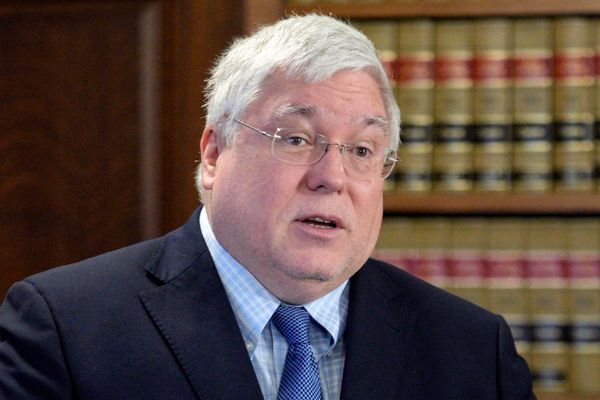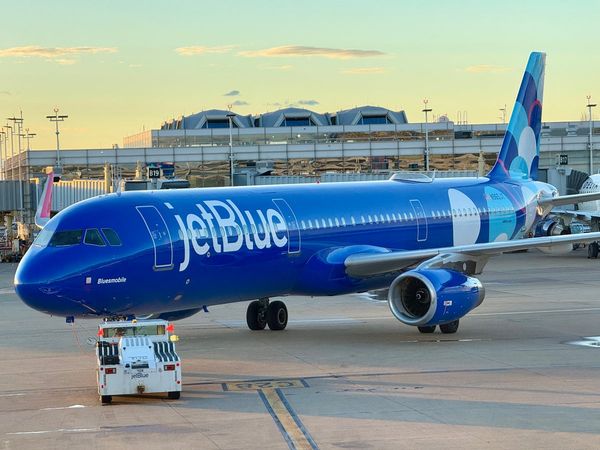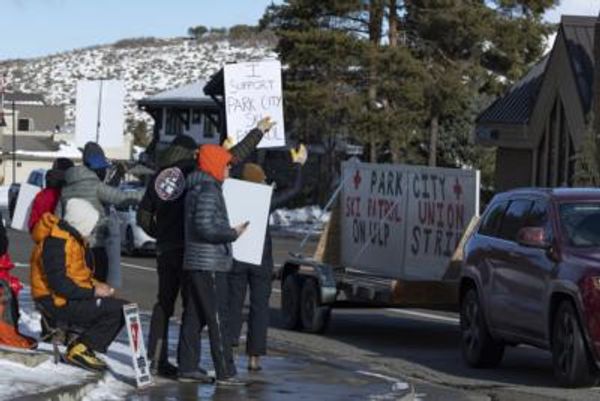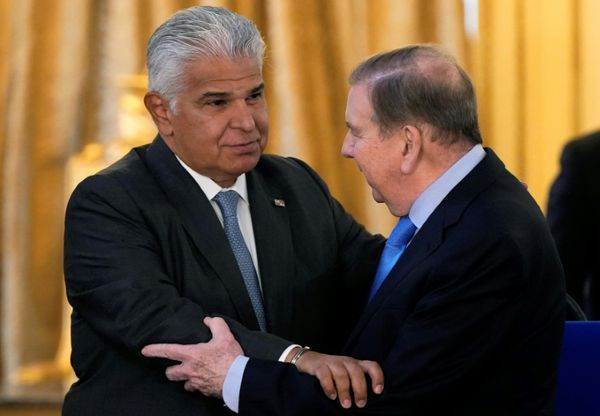
Since the pandemic, almost every coffee chain has had to navigate the push-and-pull between online demand and consumers who missed going to the cafe.
Around since 1966 and now owned by the larger JDE Peet's (JDEPY) , San Francisco-based Peet's Coffee has been seeing strong demand for consumer products but is also on an expansion course with physical cafes. Its first Middle Eastern location opened in Dubai Mall this week.
"We see a good coffee market in terms of younger consumers and also people using the cafe to sit more and enjoy the coffee more," Eric Lauterbach, the chief executive of Peet's Coffee, told TheStreet. "In the U.S., it is oftentimes much more of a grab-and-go culture."
Lauterbach sat down to talk to TheStreet about expanding to the Middle East, demand for alternative milks and how the pandemic has permanently altered the coffee industry. This interview has been edited for length and clarity.
TheStreet: How do you maintain brand and business consistency while expanding to other countries? What is the coffee culture like in the Middle East?
Lauterbach: It's a very good coffee market. There are a lot of competitors. We see all the normal ones we'd see here--Starbucks (SBUX), the Canadian brand Tim Hortons [owned by Restaurant Brands International (QSR)], a group out of Japan called % [pronounced "percent"] Arabica which is in the premium segment that we would be playing in as well. There's clearly a spot for us to showcase our coffee and provide a point of differentiation. We see a good coffee market in terms of younger consumers and also people using the cafe to sit more and enjoy the coffee more. In the U.S., it is oftentimes much more of a grab-and-go culture. We're learning the market but, more importantly, we've partnered with Americana who has deep expertise of the market and the people there.
How does one build company culture and brand consistency in countries with very different cultures?
I'd say we have a good proxy with what we did in China. We've been there for close to five years now and have 80-plus stores. What we did here in Dubai is have our trainers on coffee culture come from China. We've also got two more trainers from the U.S. going to Dubai at the end of this month. A part of that is moving ideas around, moving people around and getting really clear on what the brand stands for. What is the culture of coffee we want to present and how is our coffee being presented? What are our freshness standards, our drink standards, etc.? We are trying to ensure that this is all consistent with the brand.

Shutterstock
What are some current trends in the hot drinks space?
In the U.S., we're seeing the rise of alternate milk versus regular milk for our espresso-based beverages. We see a focus and an awareness of healthier drinks such as our winter one with turmeric. There's a lot of loyalty and interest around a certain subset [of these drinks]. With younger consumers in particular, they're more aware of where the coffee comes from and what the company stands for. But both in the U.S., in China and in the United Arab Emirates, the importance of cold brew or cold drinks cannot be underestimated. That's where a lot of younger consumers come into coffee now versus those who were coming from the hot drink perspective a decade ago.
Some analysts feel we've reached market saturation with 20 different alternatives to milk wherever you go. That's not what you're getting from your sales?
I think [alternative milk] will continue to grow as a broader segment. When this trend started, it was in no soy and then it expanded to different options. Before soy, it was almond. We see more oat milk now and very little soy. I don't know if we will have to have five options going forward but we'll definitely have to have more than one. There's a whole bunch of different options [but] I do not see this going away particularly with younger consumers for a variety of reasons.
Are coffee shops still navigating the aftereffects of the pandemic or is that more or less behind us?
The pandemic reshaped the business to a large degree. We have a strong retail coffee shop business, but we have a much bigger business in the consumer packaged goods space--grocery stores, Costco (COST) --and we also have an e-commerce space that's very big on Amazon (AMZN). And then we've got what we call our away from home and license space of airports and college campuses. Coming out of the pandemic, a number of things shifted. We had a big office coffee business that's now a fraction of what it was before because people are not in the office to the degree that they were before. That business has shrunk. The e-commerce business has grown significantly, the grocery business has grown significantly, and the retail footprint has shrunk a little bit as some stores are just not as viable anymore. For stores set up in a city's downtown, the foot traffic is no longer there. Sandwich shops, breakfast shops all have that problem as well. We are also learning that people interact with coffee shops differently than they did pre-pandemic. If you're going to the office three times a week and from nine to four instead of seven to five, you may have your first cup of coffee at home and do something different on the way to the office. The mobile order was a small part of our business pre-pandemic while it's now north of 20% of the transactions. That reshapes the business quickly and we have to catch up both in technology and labor practices and in-store execution and operations.







